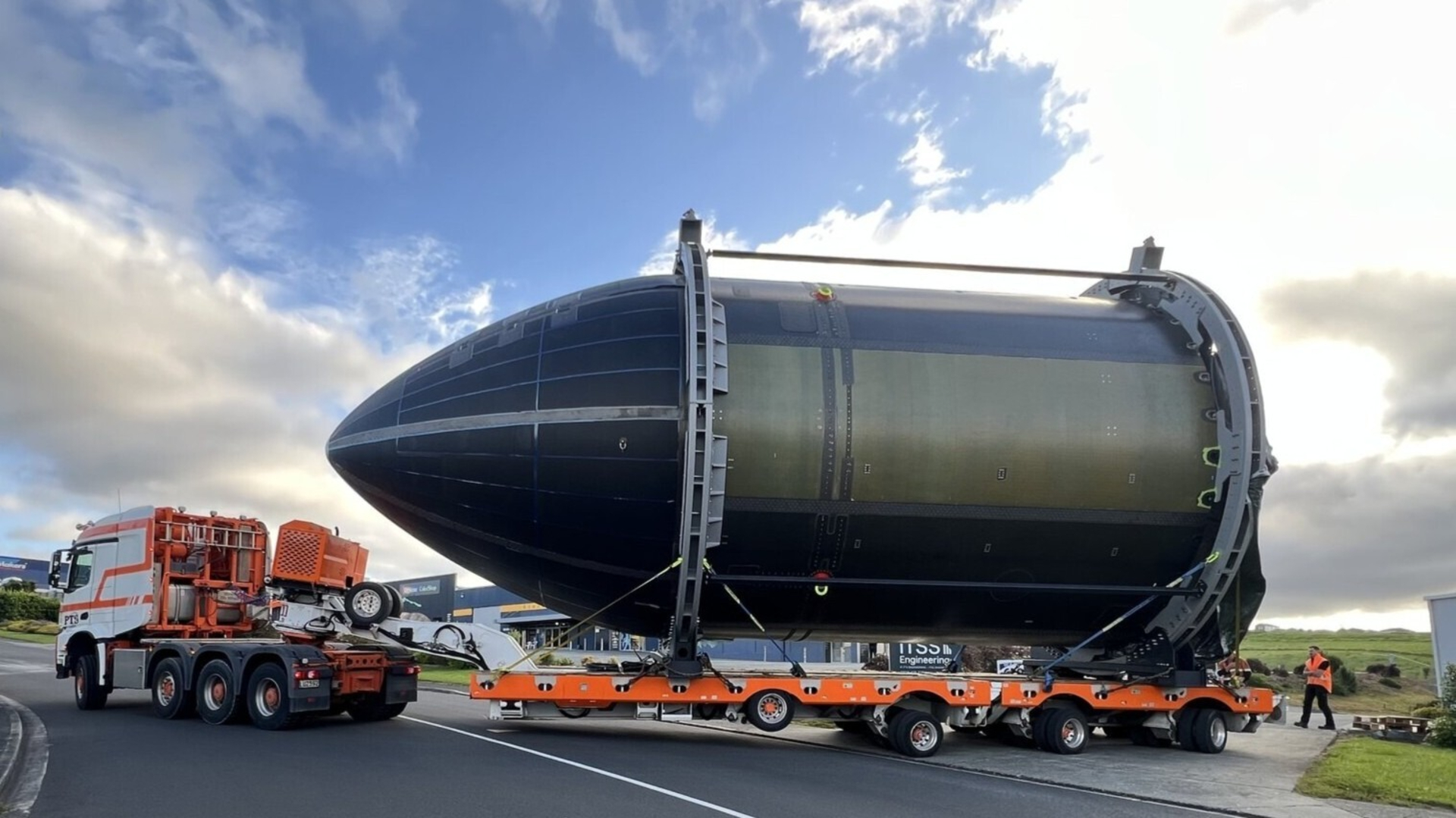Enormous New Ring Found Distantly Orbiting Saturn
There?s a new king of rings in the solar system: An enormousnew ring has been discovered around Saturn, made up of debris from the gasgiant?s distant moon Phoebe.
Before the discovery of this massive ring ? about 12.5 ?timesthe average distance between the Earth and the moon in width and 6 times that distancein thickness ? the largest known planetary rings were Jupiter'sgossamer rings and Saturn's Ering.
Astronomers have long suspected the presence of this ring,which orbits Saturn at a radius of about 8 million miles (13 million km) ? 200times the radius of the planet itself.
"There were hints that it could be there," saidDouglas Hamilton of the University of Maryland, one of the astronomers whofound the ring.
One such hint was the unusual coloring of Saturn'smoon Iapetus, which had one dark side and one light side. Some astronomerssuspected that the dark side, which looked suspiciously similar in compositionto another of Saturn's satellite, Phoebe, was actually debris dust from Phoebestuck to Iapetus' surface.
But astronomers haven't been able to detect it until now because,"this thing is just immense," Hamilton told SPACE.com. "If youlook at just a small patch of it, you just see fuzziness."
Hamilton and his colleagues were finally able to see thebehemoth ring with the infrared capability of the Spitzer Space Telescope.Spitzer was able to detect the sunlight reflected by the tiny dark blackparticles. The discovery is detailed in the Oct. 8 issue of the journal Nature.
Breaking space news, the latest updates on rocket launches, skywatching events and more!
The particles were likely created when asteroids, meteors orother bodies collided with Phoebe over the eons. While some of the particlesare small enough to drift out of Saturn's gravitational grasp and intointerplanetary space, others drift inwards toward the planet, where some getstuck to the leading hemisphere of Iapetus, which trawls through them. Periodiccollisions replace the particles lost in these ways.
Interestingly, Phoebe and its associated dust ring travel inthe opposite direction of Saturn'sother rings and satellites.
The tiny particles are extremely diffuse, with only about 20in every cubic kilometer of the ring, Hamilton said.
"If you were there, you wouldn't know you were in aring," he said.
And because the other gas giants are known to have far-out,irregular satellites like Phoebe, it is likely that they also have similarlylarge, diffuse rings orbiting millions of kilometers out.
"I think this is the tip of the iceberg," Hamilton said.
- The Enduring Mystery of Saturn's Rings
- Video - Rare Views of Saturn's Eclipsing Rings and Moons
- Images: Cassini Explores Saturn's Moons

Andrea Thompson is an associate editor at Scientific American, where she covers sustainability, energy and the environment. Prior to that, she was a senior writer covering climate science at Climate Central and a reporter and editor at Live Science, where she primarily covered Earth science and the environment. She holds a graduate degree in science health and environmental reporting from New York University, as well as a bachelor of science and and masters of science in atmospheric chemistry from the Georgia Institute of Technology.
